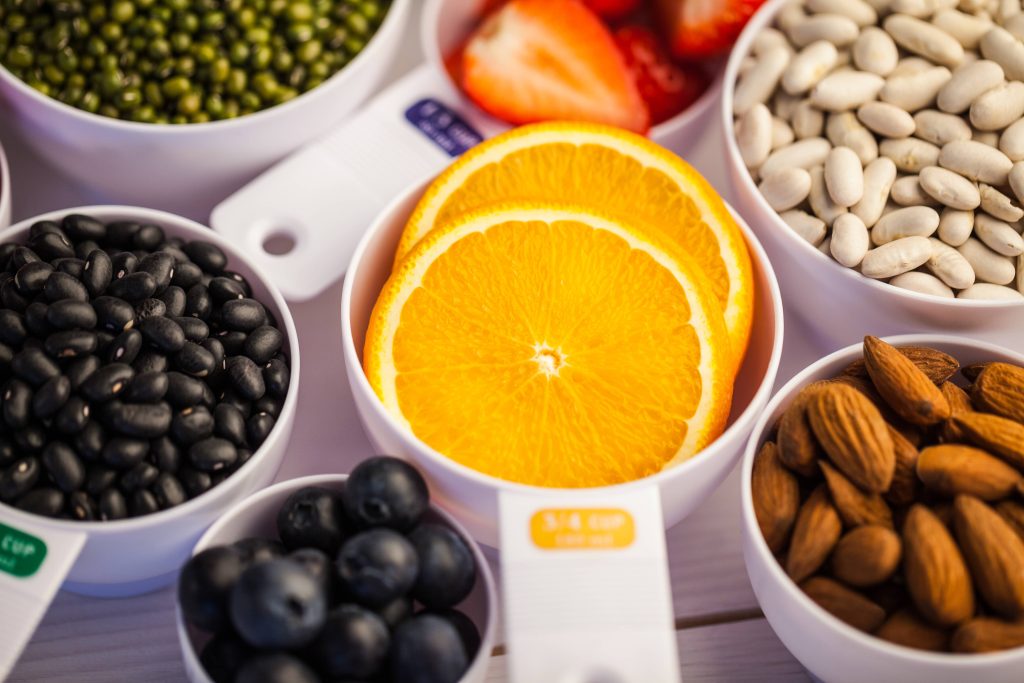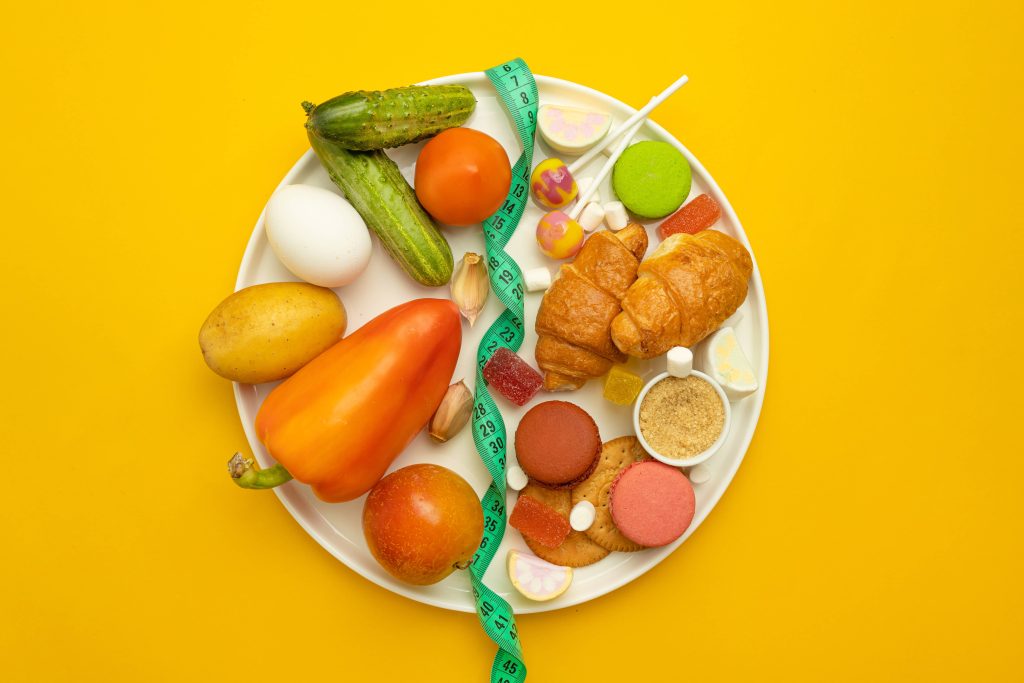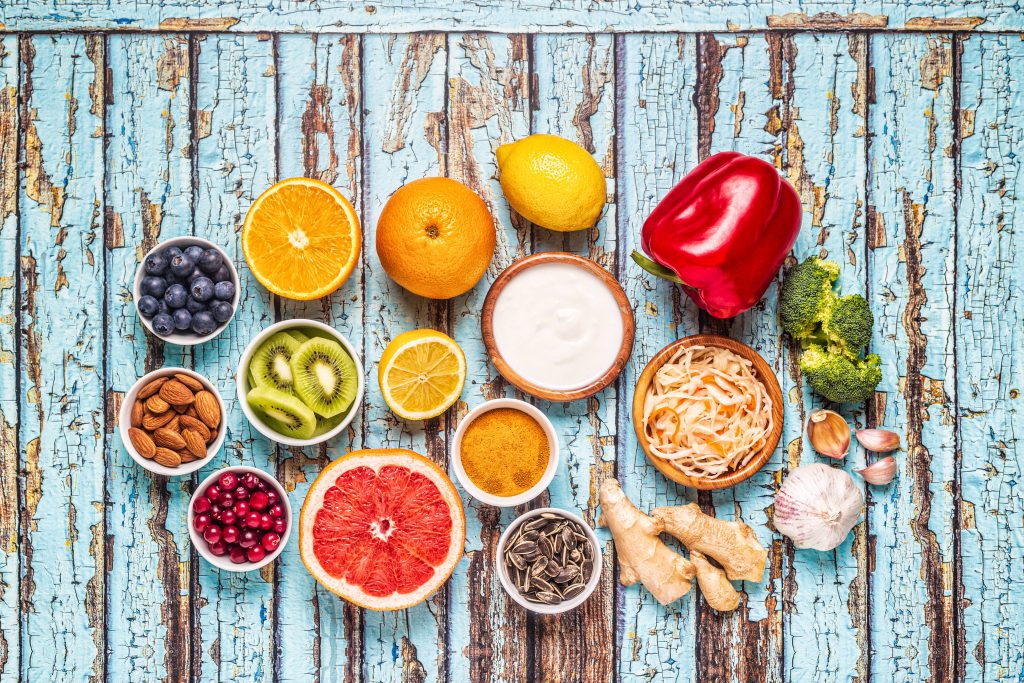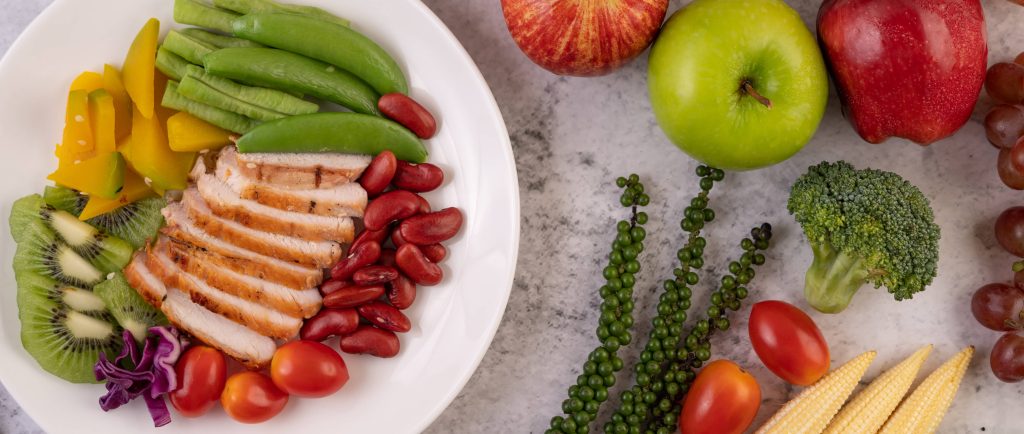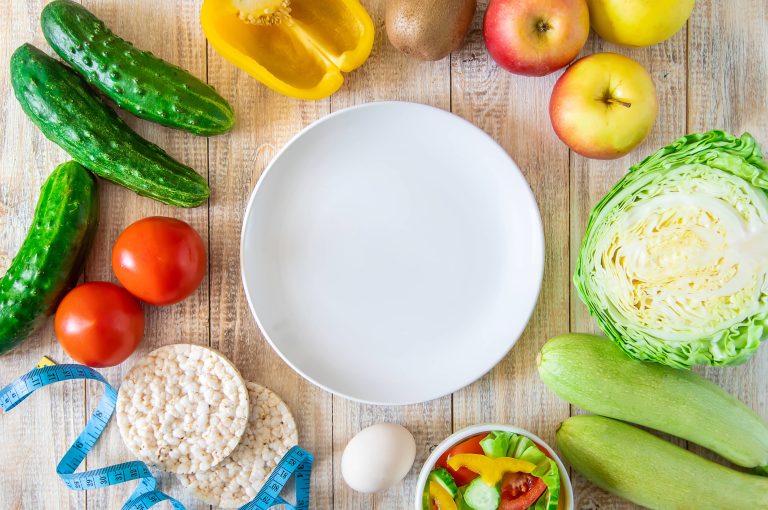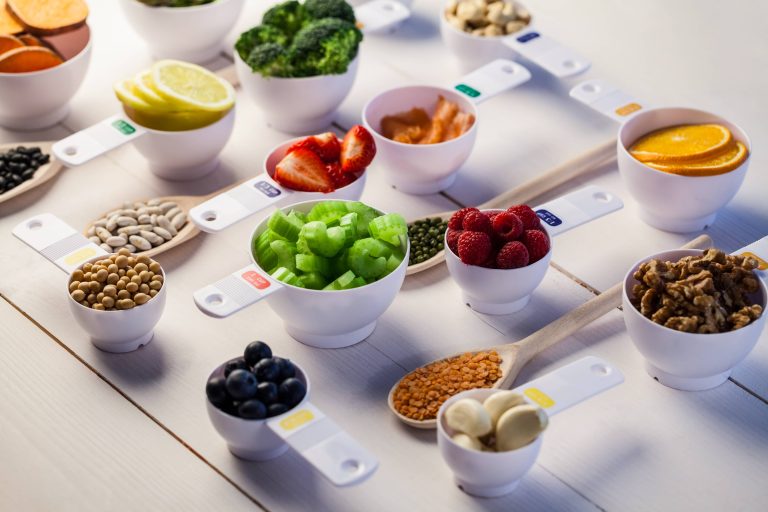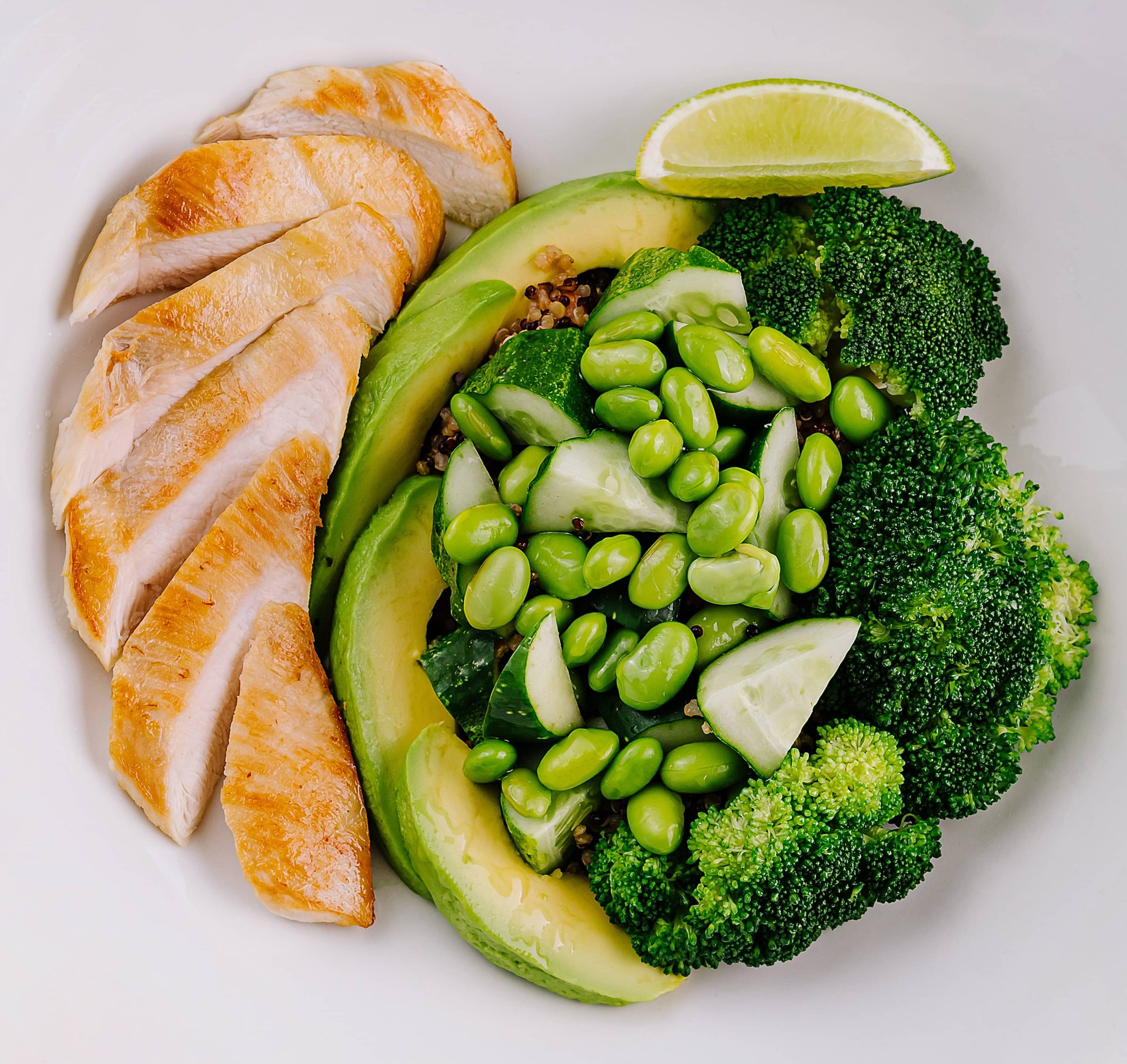
In today’s fast-paced world, the quest for weight loss often leads individuals to seek quick fixes and fad diets. However, these approaches rarely yield long-term results and can sometimes be detrimental to one’s health. The key to successful weight loss lies in creating a sustainable plan that not only helps you shed pounds but also promotes overall well-being. In this blog post, we’ll explore the essential components of a sustainable weight loss plan and how you can implement them in your life.
Understanding the Basics of Weight Loss
Before diving into the specifics of a weight loss plan, it’s crucial to understand the basic principles of weight loss. At its core, weight loss occurs when you burn more calories than you consume. This can be achieved through a combination of dietary changes and increased physical activity. However, it’s important to approach this process with a focus on health and sustainability rather than rapid results.
Setting Realistic Goals
One of the most important steps in creating a sustainable weight loss plan is setting realistic goals. Many people set ambitious targets, such as losing 10 pounds in a week, which can lead to disappointment and frustration. Instead, aim for a gradual weight loss of 1-2 pounds per week. This pace is not only more achievable but also more likely to result in long-term success.
When setting your goals, consider both short-term and long-term objectives. Short-term goals might include losing a certain amount of weight in a month, while long-term goals could involve reaching a specific weight or clothing size by a particular date. Remember to celebrate your achievements along the way, no matter how small they may seem.
Creating a Balanced Diet
A sustainable weight loss plan requires a balanced diet that provides all the necessary nutrients your body needs. Instead of focusing on restrictive diets that eliminate entire food groups, aim for a varied diet that includes:
– Fruits and Vegetables: These are low in calories and high in essential vitamins, minerals, and fiber. Aim to fill half your plate with fruits and vegetables at each meal.
– Whole Grains: Choose whole grains like brown rice, quinoa, and whole wheat bread over refined grains. They provide more fiber and nutrients, helping you feel fuller for longer.
– Lean Proteins: Incorporate lean proteins such as chicken, fish, beans, and tofu into your meals. Protein is essential for muscle maintenance and can help reduce hunger.
– Healthy Fats: Don’t shy away from healthy fats found in avocados, nuts, seeds, and olive oil. These fats are crucial for brain health and can help keep you satisfied.
Mindful Eating
Mindful eating is a powerful tool in a sustainable weight loss plan. It involves paying attention to your body’s hunger and fullness cues, eating slowly, and savoring each bite. By practicing mindful eating, you can avoid overeating and make more conscious food choices.
To start eating mindfully, try the following tips:
– Eat without distractions: Turn off the TV and put away your phone during meals.
– Chew thoroughly: Take your time to chew each bite, which aids digestion and allows you to enjoy the flavors.
– Listen to your body: Stop eating when you feel satisfied, not stuffed.
Incorporating Physical Activity
Exercise is a crucial component of any weight loss plan. It not only helps burn calories but also improves cardiovascular health, boosts mood, and increases energy levels. The key is to find activities you enjoy, making it easier to stick with them in the long run.
Aim for at least 150 minutes of moderate-intensity aerobic exercise, such as brisk walking or cycling, each week. Additionally, incorporate strength training exercises at least twice a week to build muscle and increase metabolism.
Building Healthy Habits
Creating a sustainable weight loss plan involves building healthy habits that become part of your daily routine. Here are some habits to consider:
– Stay Hydrated: Drinking enough water is essential for overall health and can help control hunger.
– Get Enough Sleep: Aim for 7-9 hours of quality sleep each night. Lack of sleep can disrupt hormones that regulate hunger and appetite.
– Manage Stress: Chronic stress can lead to emotional eating and weight gain. Practice stress-reducing techniques such as meditation, yoga, or deep breathing exercises.
Tracking Progress
Monitoring your progress is an important aspect of a sustainable weight loss plan. Keep track of your food intake, exercise, and weight changes to identify patterns and make necessary adjustments. However, avoid becoming overly fixated on the scale. Remember that weight loss is not always linear, and fluctuations are normal.
Seeking Support
Having a support system can significantly impact your weight loss journey. Share your goals with friends or family members who can offer encouragement and accountability. Consider joining a weight loss group or working with a registered dietitian or personal trainer for professional guidance.
Conclusion
Creating a sustainable weight loss plan is about making long-term lifestyle changes rather than seeking quick fixes. By setting realistic goals, adopting a balanced diet, incorporating physical activity, and building healthy habits, you can achieve and maintain your desired weight while improving your overall health. Remember, the journey to weight loss is unique for everyone, so be patient with yourself and celebrate your progress along the way.

